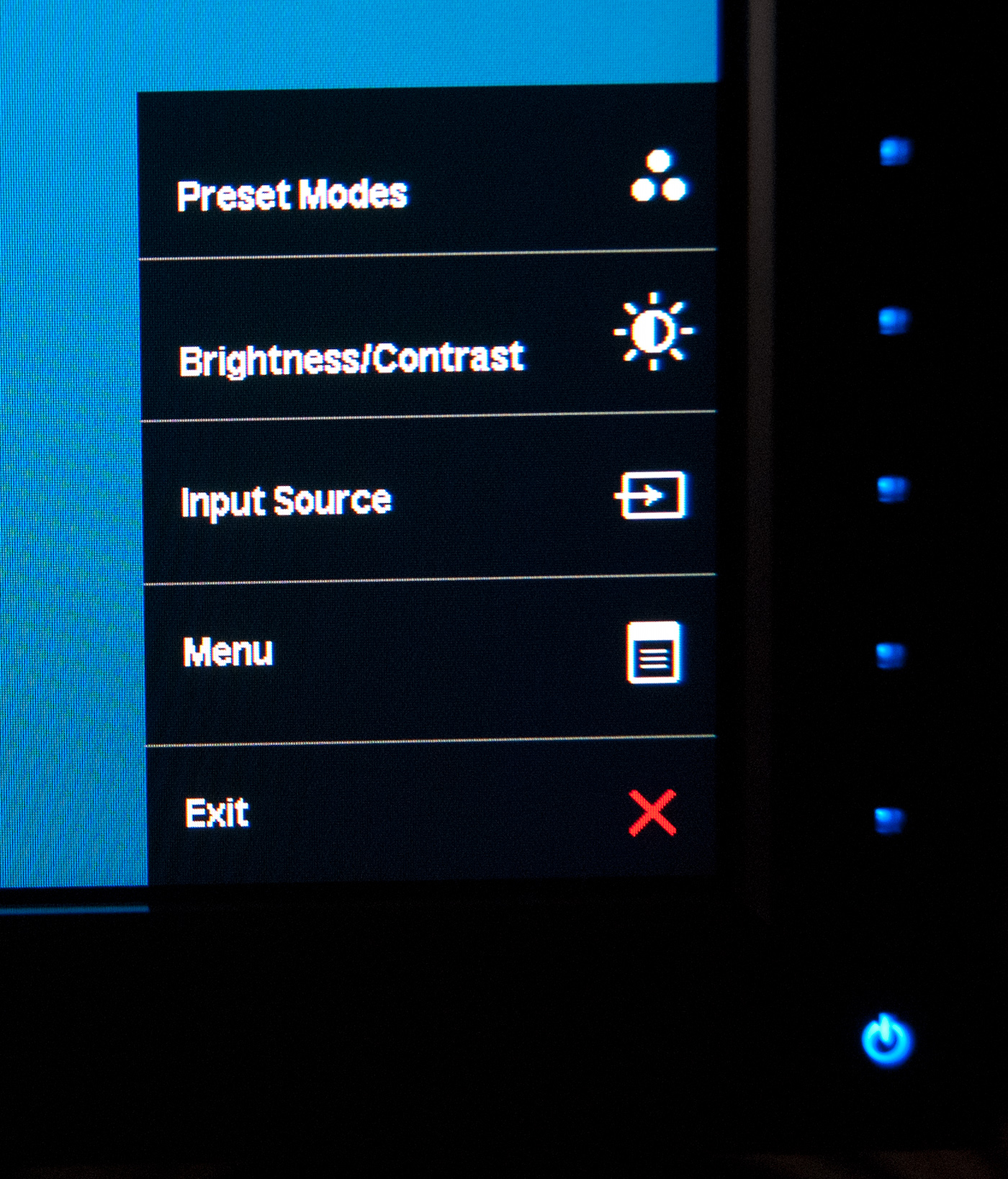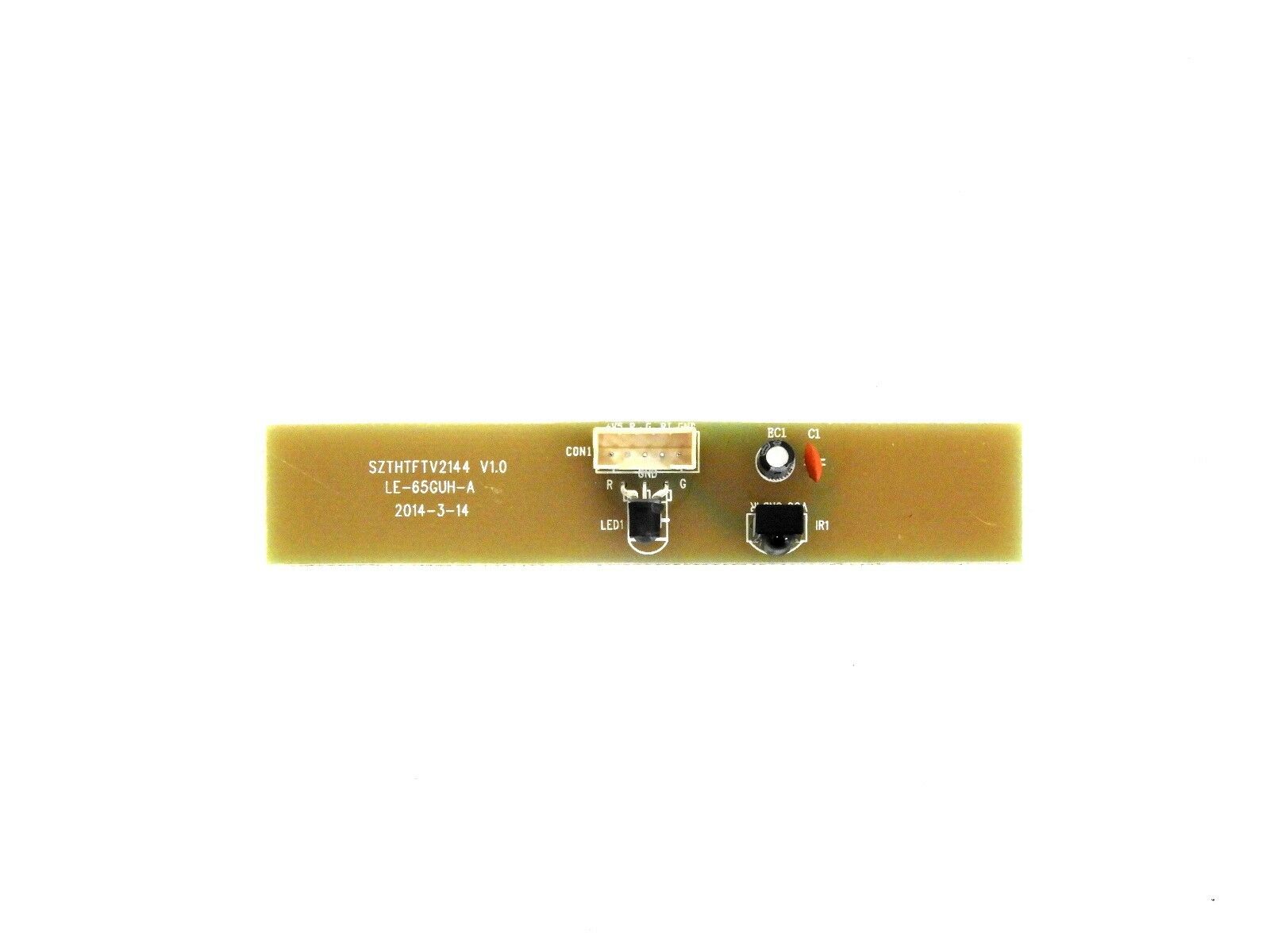

Simply Windows on Youtube - These videos are only available in English Troubleshoot connecting Surface to a second screenĬonnect Surface to a TV, monitor, or projector Troubleshoot external monitor connections in Windows See everything on the second display only. When you have displays extended, you can move items between the two screens. See your desktop across multiple screens. To change what shows on your displays, press Windows logo key + P. For example, you'd rotate your external display to use it in portrait instead of landscape. If you change the orientation of a monitor, you'll also need to physically rotate the screen. To change it in Display settings, under Scale & layout, choose your preferred Display orientation. Windows will recommend an orientation for your screen. To see available options, in Settings, select System > Display. Change display optionsĪfter you're connected to your external displays, you can change settings like your resolution, screen layout, and more. Test your new layout by moving your mouse pointer across the different displays to make sure it works like you expect. When you're happy with the layout, select Apply. Do this with all the displays you want to move. In Display settings, select and drag the display to where you want.

This is helpful if you want your displays to match how they're set up in your home or office. If you have multiple displays, you can change how they're arranged.

If you connected another display and it isn't showing in Settings, select Start > Settings > System > Display > Multiple displays > Detect. A number appears on the screen of the display it's assigned to. Select Settings > System > Display > Identify. To see which number corresponds to a display, select Start, then search for settings. Each display will be numbered to help you identify them more easily. You'll see this option when Windows detects more than one display. After connecting your wireless display adapter to your TV, go to your Windows 11 PC, press Windows logo key + K to open Cast, then select your wireless display adapter.
#47cm565 tv display menu language Pc#
With that said, leaving the TV on for such a long period of time can lower the number of years you can keep it without having to replace it.Tip: If you're using a wireless display adapter, connect to an HDMI port on newer TVs, then wirelessly connect your PC to it. The bigger issue people need to worry about is having an image burned onto the screen. Most people will want to replace their plasma TV after five years or so.Īs long as your television’s picture changes from time to time, leaving the TV on should be alright.

If you continue to use your television, you’ll start to notice distortion or picture related issues. After that amount of time, your television will lose half its brightness. The half-life of a typical plasma TV ranges between 30,000 to 60,000 hours of use. Severely damaged televisions may have discoloration or distortion. Things like lines that won’t go away, burn marks at the corners of the screen, greyish “ghosts” that don’t go away, and double images are all common. Televisions that are on the verge of total failure tend to have problems with their pictures. How can you tell if your television is dying? When in doubt, go for a brand-name item rather than an aftermarket choice. The most reliable brands, year-in, year-out, have been LG, Samsung, and Sony. The longer you’ve had your television, the more likely it is that you’ll start to notice flickering and other signs of screen failure.Ī handful of brands have gotten accolades for their long-lasting wares. Sometimes, though, it could just be that you chose a picture mode that isn’t very compatible with the size of your screen. In most cases, it’s a matter of circuitry failing or a matter of inefficient power sourcing. Related Questions Why Do Televisions Start To Flicker?


 0 kommentar(er)
0 kommentar(er)
